- Second episode in a game optimization series covering the graphics pipeline and different rendering approaches
- explains the stages of the graphics rendering pipeline
- discusses the differences between deferred and forward shading and how they impact performance characteristics
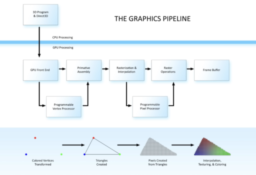
- Technical breakdown of a 258-character shader that creates glowing, fluid particles using raymarching and turbulence techniques
- explains how the compact code handles raycasting, 3D rotation, camera displacement, and particle distribution
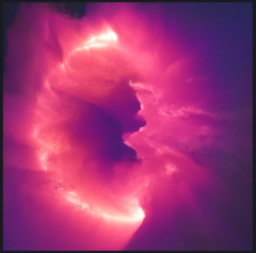
- describes how to diagnose stuttering issues in Trackmania using profiling tools without access to the source code
- uses Superluminal profiler to identify patterns and library calls to track down performance bottlenecks
- demonstrating how performance analysis can work without debug symbols
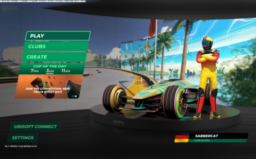
- SIGGRAPH 2025 paper presenting a neural approach for estimating spatially varying light selection distributions in many-light scenarios
- uses a neural network trained to predict light selection distributions based on local information
- integrates with light hierarchy techniques and introduces residual learning to accelerate convergence during training

- Educational breakdown of how AI image and video generation systems function under the hood
- explains the mathematical and algorithmic foundations behind diffusion models and neural networks used for content generation
- tries to explain and develop intuitions into the process from noise to coherent images, covering training methodologies and inference techniques
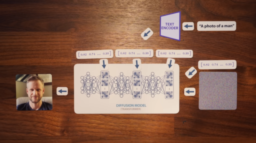
Here at JECO, we’re building automated optimisation tools for all software, on any device, starting with video games - saving hours of developer time, costs and carbon emissions. We’re currently looking for purpose-driven and talented Intermediate C++ Programmers to join our team and work on developing our industry-first tools.

- announces Mozilla’s release of WebGPU support on Windows in Firefox 141, bringing modern GPU access to the web
- built on the WGPU Rust crate, providing a unified interface to Direct3D 12, Metal, and Vulkan across platforms
- discusses ongoing performance improvements
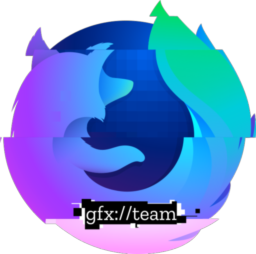
- interview with LLVM and Swift creator Chris Lattner discussing GPU programming languages and their design challenges
- explores the evolution of GPU programming models and the unique constraints that influence language design for parallel computing
- focuses on the work on the Mojo programming language that allows CPU+GPU execution without CUDA

- The Graphics Programming Conference in Breda for November 18th-20th, 2025, has announced its first set of talks
- covers topics ranging from real-time path tracing and volumetric rendering to GPU particle systems and mobile game optimization
- There are still a couple of days left to submit a talk

Thanks to Nathan Reed for support of this series.
Would you like to see your name here too? Become a Patreon of this series.